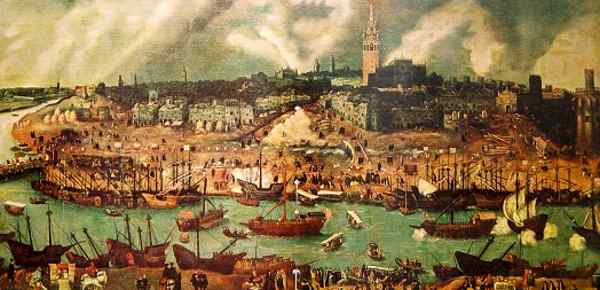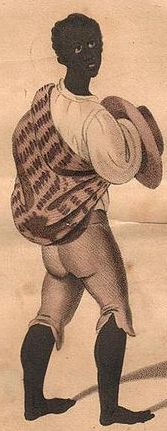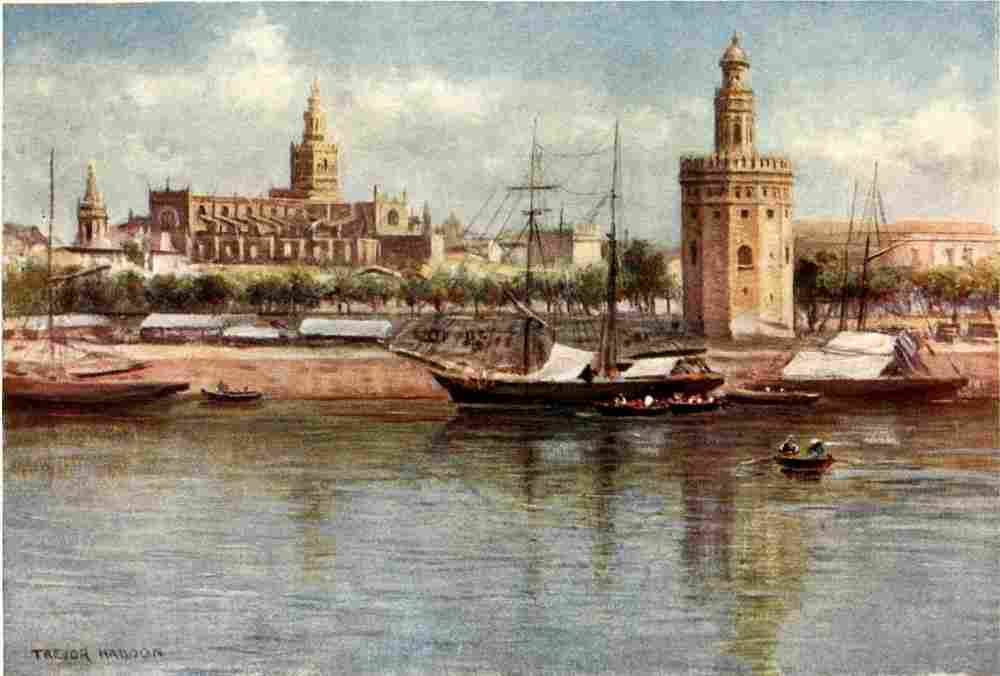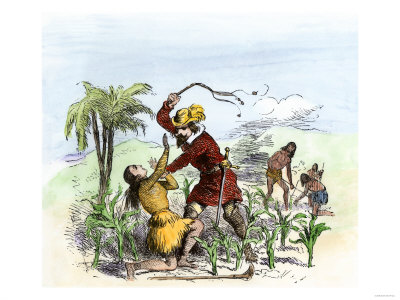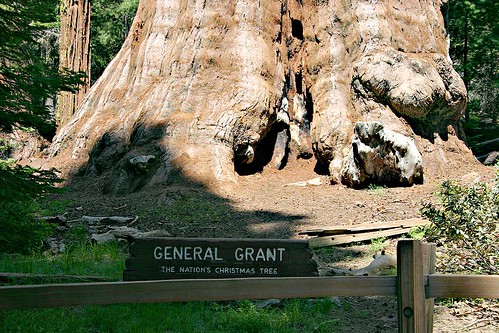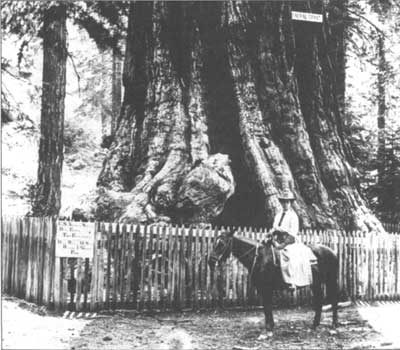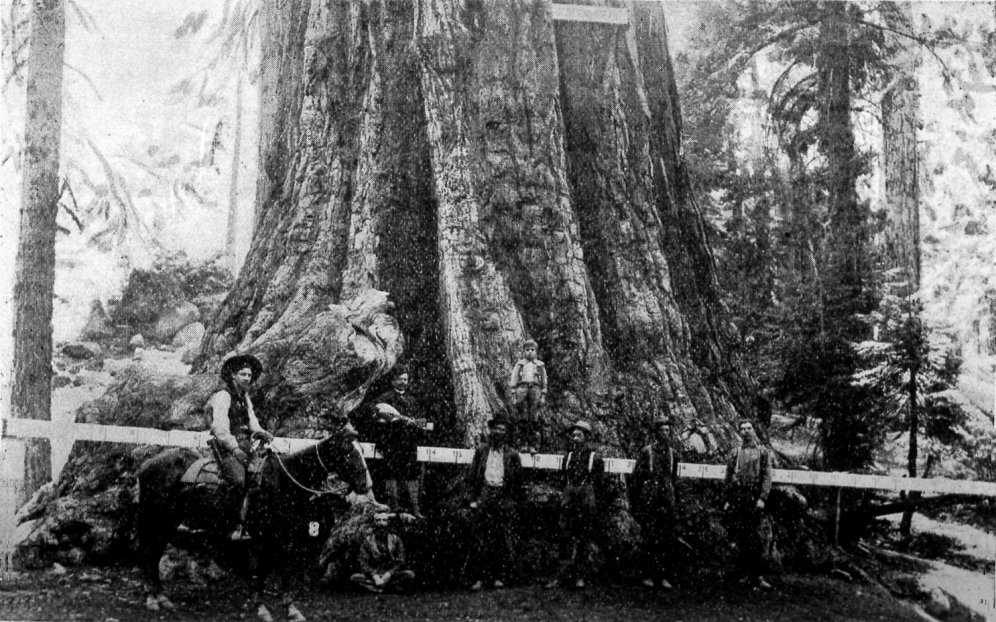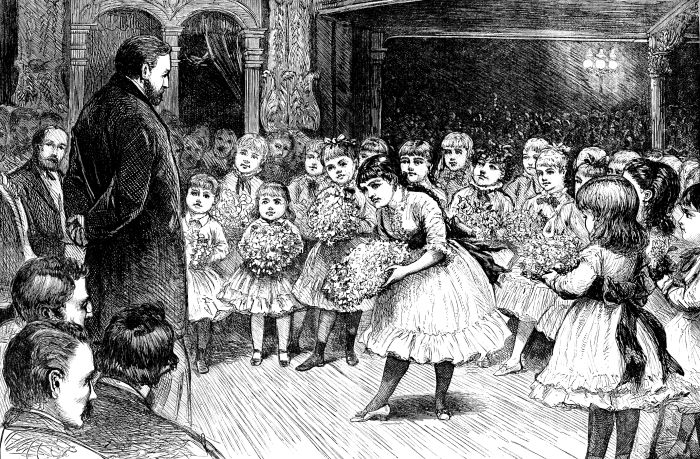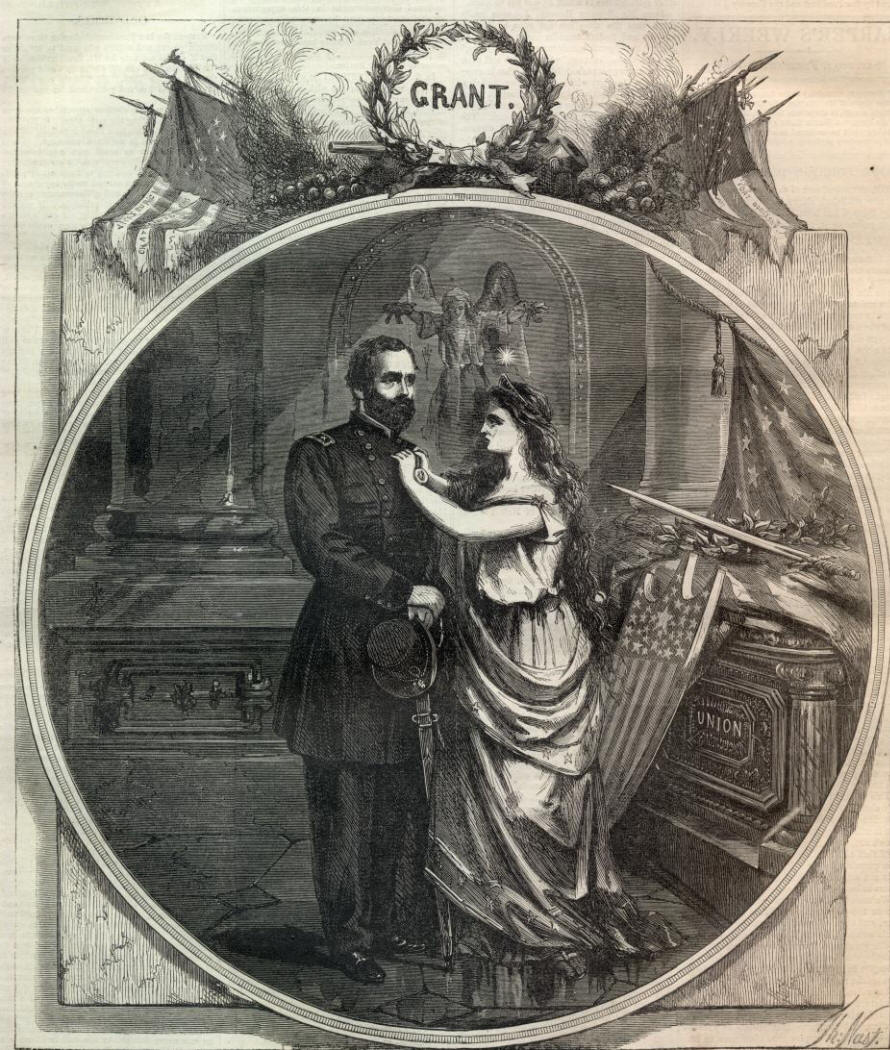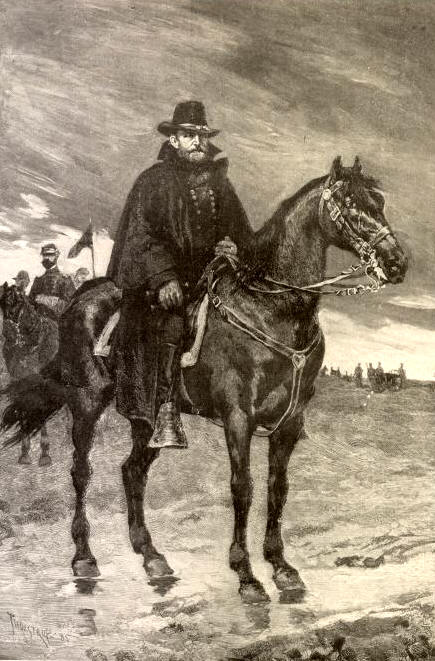Slaves in the XVI century Seville
" There are infinite number of black and black all over Ethiopia and Guinea, the quales serve us in Seville and are brought by way of Portugal ", so we had the reporter Luiz de Peraza, in the first third of the century XVI.
Compared with other cities of the Kingdom of Castile, slaves were a large group in Seville , and this for the intermediate condition between the Old World and the New. According to a census conducted by church officials in 1565, there were 6327, resulting in an approximate ratio of one slave for every fourteen people (7% of the population) may be many more if, as is likely, in that number were not including Islamic and blacks baptized they were few, but many Turks and Berbers who refused to abandon their religion. A large majority of them were black, which should add also increasing the amount of free blacks and mulattos, so it is safe to say that about 10% of the population was black or mulatto Seville.

Seville, Lisbon, were the two Western cities own the largest colony of slaves. Through sales, rent, barter, tampering or leakage ahorramientos and cries, paraded activity world slave or slaves of the Five Hundred Sevilla: African slaves (Moors and black), canaries since the fifteenth century, and American brought in the first decades of the century.
There were two determinants of slavery: the war and the birth . For the first there had been many slaves among Muslims living in the mainland and those obtained from the conflicts in North Africa. Also as many slaves were Moors , called " white slaves ". After the rebellion of the Alpujarras in 1569, the reduction of whole populations to slavery was not uncommon, although many of them regained their freedom-payment of a ransom, others who had no financial means maintained their slave status. It is estimated that after the capture of Málaga Sevilla were sent to 2300 Moors. These slaves were not included in the lists of deportees of 1610 for damaging the interests of the owners, giving for some Moriscos were offered as slaves to escape expulsion.

Blacks , and in the fifteenth century, came from Portugal via the Algarve, and some of America in the second half of the sixteenth century. Castilla never had war with black populations, but because of the Portuguese explorations of the West African coast, and to the demand for slaves for use in America, Sevilla became a trading and re-export market, where it was common to find merchants black slaves who were operating in the stands of the Cathedral. Those seeking this type of merchandise were mainly Portuguese, but were also involved in this business Genoese, Florentines, English, Flemish and Seville. In Sevilla were so numerous that a contemporary inhabitants said " resembled chessmen chess: many tight-black-and white . " Hence the comparison of Seville with a "checkerboard" to which many have referred to describe it.
Besides slaves and Muslims had canaries , mainly from Gran Canaria and Tenerife. Less numerous, the canary was imported from the fifteenth century. Although in the Levant was the large sales area, Sevilla also knew of its existence at the end of the XV. The annexation of the Canaries made from Seville, which causes all kinds of relations between the archipelago and the Andalusian capital, above all, in the first quarter of the sixteenth century, saw the presence of slaves sold in the stands island. A king or guanarteme grancanario took up residence in the Puerta de la Carne accompanied from its servers as Andrés Bernáldez testimony.
. Blacks were prized as slaves in Seville XVI for their docile nature. Besides housework, it was not uncommon for black intimate relationship with their masters, hence born mulattos. Mulata in the kitchen, painted by Velázquez in 1620 (National Gallery. Dublin)
No American slaves abounded , only in the first decade of the sixteenth century-known is the story of Fray Bartolome de las Casas, owner of one that brought his father Indies ( 1 ) - were imported some until the Crown forbade his traffic. These natives of the New World came mainly from the Spanish, San Juan, Puerto Rico and Brazil. The slaves were treated as quickly vetoed, unless they were rebels or cannibals, but the conquerors abused and deceived Crown impersonating such who were not.
Thus we find black slaves, mulattoes, white and colored parrot that roamed the streets, plazas, markets, fountains, doors and neuralgic places like the stands-where-auctioned, Arenal or Altozano, incorporating a colorful exotic Sevillian population. It was difficult to distinguish, first, by its color and outfit, then, because often tattooed on their cheeks carry a S and a nail (slave), a lily, a star, San Andres blades or the name of his master . When wandering the city did accompanying their owners or attentive to the tasks entrusted to them.

Slave labor in Sevilla was not usually too hard. Owning slaves was wanted as a sign of prestige and distinction, the fact of having a cheap labor. Therefore, the majority were in domestic service and tasks of the servants, especially women. Some were employed in workshops, in particular Muslims were prized for their knowledge of the craft of silk. Others were porters, wet nurses, smelters, tanners, esparteros, potters, masons or raised by nuns, as that which the famous Sevillian doctor gave her daughter Monardes professed in the convent of San Leandro. People's acquired as investments and used as back in business. It was common to see them used to borrow money. The owners gave to the lenders as collateral or mortgaged, without being responsible for any abnormalities that were given then.

Sometimes, their masters only concerting with them a daily amount for their work, leaving them free to earn money as they could and save the need to buy their freedom by the "letter ahorría". Just the word save (release) comes from the root (horro: From Arabic Hispanic Urr and Urr this classical Arabic, free, according to the Dictionary of the Royal Spanish Academy of Language).
However, it could also be found in the city slaves who were entrusted the heavier tasks, and even degrading. He had that were used to carry heavy loads at the port, work simple water carriers or messengers. Some slaves were engaged in prostitution, even if this was done without the consent of its owner could be repudiated and brought to justice. But the slave prostitute can not be black or mulatto , to avoid this conmixtio sanguinis so feared by the Medical Renaissance unnatural that confusion of blood in which always wins the most impure: fornication with black or mulatto veins lead to customer Lower blood and degrade women in the scale of respectability. ( 2 )
Everyone had and traded in slaves, including notable characters. No slave was a " luxury "reserved for royalty or the merchants. Any artisan owned one or more slaves to help him in his business (shoe stores, bathrooms, ...) or attended him at home, or with him or served him as merchandise to pawn.
Steps of the Cathedral of Seville, the usual place for the sale of slaves in the sixteenth century
The price of a slave was based on gender, age, physical condition and situation as when unleashed famines and plagues these impacted on prices. As the years went up in value and 20 ducats was passed 80 and 100. In sales could be stated that the piece was not possessed, nor had light eyes, or was drunk, thief or huidora, or that it was "good war" (authorized their slavery) circumstance that slaves sometimes canaries was untrue . Also, to avoid deceit, purchases were made conditional to check the powers of the slave.
The relationship of the slave with his owner used to be acceptable and in many cases of absolute familiarity. When it did, it was normal for the master to grant him freedom or death, sometimes before. The release of the slave could be made by a clause in the will or through the aforementioned " ahorría letter "signed by a notary public. Many of them enjoyed such confidence with their owners that they did not hesitate to have illicit relations with black women breeding mulattoes. More than the Moorish, the black came into the privacy of the lords or ladies-sometimes as a confidant-for docility, joy, grace, grace and easy assimilation.
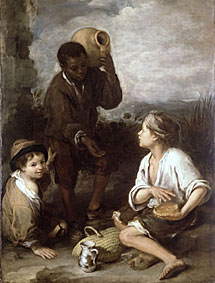
Once manumitted, freed slaves continued to act and live as they were under the servile condition. Some even tried to go to the New World alone, with their families or with their masters. As we said, the other black owned the Moorish character, which did not prevent drunk sometimes causing quarrels and deserving suspicion of whites that aliase temorosos with the Moors. There was so municipal measures to control them, without much success, given their number and dispersion. Dispersion in the sense that, as servants, could live at home with their masters, but there were also areas where concrete or collaciones appreciate their concentration (San Bernardo, San Ildefonso) and until unionization around a brotherhood of religious overtones, as we shall see later.
In Sevilla, according to the chronicles, the slaves would gather around Santa María la Blanca , who was also a neighborhood frequented by pimps and unsavory characters, all of whom frequently organized quarrels and scandals, they did intervene continually to justice. There on Sundays and holidays used to celebrate great dances, with tambourines, drums and other instruments of his native cultural tradition.

Thus, in the interlude "The onlookers", anonymous and attributed by some to Cervantes, relates an event that takes place in the small square of Santa María la Blanca, outside the church of that name, near the Puerta de la Carne , " in which placetilla usually together countless black men and women ". In this interlude appears an "expert in black" for the first time in European literature, which argues the stereotype assigned to them as disobedient, talkative, very rational, children and passionate about dance, guitar and drums, as " Quirky and funny as they think and say . " Recurring characters, playing the stereotype, many other stage works of great popular success.
On the basis of slavery, in the pagan world, had been advocated nothing less than Aristotle and was being practiced in all Mediterranean countries, especially regarding prisoners in wars to which spare his life . The code of the Seven Games (1265), critical legal work of the reign of Alfonso X the Wise, considered as causes of slavery the law of war, birth and vending. For the wise king there are three kinds of men: " omes or are free, or are servants or aforrados to Latin freedmen are called . "
The Church did not answer the existence of slavery , which was perfectly accepted by theologians of the sixteenth and in general by society at the time. His justification for their own existence in the Bible, both the Old Testament (Book of Leviticus) in regulating the rights of the servants, and the New Testament, St. Paul asked to " Slaves, obey in all things your masters in this world .. . ", but also require the masters:" Masters, treat your slaves justly and fairly "(Colossians 3: 22 ff).
For blacks, the medieval mind this color associated with evil, so diabolical, very graphically, the late Father Leon century, when describing Jail inmates Real de Sevilla, said that " never lacking in the lads prisons demon's skin ... ". Not surprisingly, it has always represented the Devil as a black beast.
For this ease with which slavery was accepted at the time we tried, one of the largest groups of the "masters" was the church. A large group and with enough income to afford not one but several slaves. For example, in this sense affidavits collación sales in the Tabernacle Church manifested a marked presence in the slave market (of course, that parish was the Cathedral and its clerics abundant living environment).
Some examples might be those of your own Master Rodrigo Fernandez de Santaella, canon, an outstanding theologian and founder of the University of Seville, who in his own will he leaves her a slave housewife, which she wanted and if he pleases no was given him to buy one of their own. Just as his executor, the canon also Seville Alonso Campos, in his will sold at Colegio Santa Maria de Jesus (future University of Seville) two slaves, Fernando and Juan, in fifty ducats, " which could serve as a steward and cozinero and This phage ansi serve the Collegio said because they are well treated and they fagan be good Christians . " If not wanted, could acquire the monastery of San Jeronimo for the same price. In a second codicil of 1529 had only two slaves that gave Andres Trujillo, priest of the Shrine. Most, if not all, the canons were "captives".

However, the Church strove to protect. Already in 1393 the archbishop of Seville Gonzalo de Mena founded a Brotherhood to help them, and built a hospital for them, as well as a chapel and meeting place, next to the current Black Earl Street, where they could meet for dances and parties. This pious cleric defended in many cases the interests of the slaves against their masters. Actually, it could only be the unfaithful slave, although baptism alone could not redeem the slave, although he made no Christian could never become free.
Somewhat later could have one as mayoral and judge to resolve internal affairs of the group and represent the community in some cases. In 1475 it was John of Valladolid goalkeeper chamber of the Catholic Monarchs, who during his lifetime was known by the nickname of " black count ", which then served to designate the street above, after the present church of Los Negritos . Read what he says about the chronicler Ortiz de Zuniga:
There were years from the ports of Andalusia navigation frequented the coast of Africa and Guinea, where black slaves were brought, and abounded that this city ... Excelling in some capacity, gave one Mayoral title, sponsoring others with their masters and the Justices composing their quarrels. Thus isat acredítalo old papers and a certificate of the Catholic Monarchs, given in Dueñas November 8 this year -1475 -, which gave title for one called John of Valladolid, the Porter House:
"Of the many good, loyal é, é signal services we have you dated and fazeis every day, and because we know your sufficiency and ability and willingness, you facemos Mayoral and Judge of all blacks and mulattoes-Parrots-, free or captive, who are captives é é are horros-freedmen-in very noble and loyal city of Seville, and in all his archbishopric, é can not fagan sayings facer or black men and women, and Loros and Loras, no parties nin judged between them except to you the said Juan de Valladolid, Black, our Judge and Mayoral of these Blacks, Parrots and Loras, and command that you may know of the debates and lawsuits and weddings and other things including non é any other one, Because you are person enough to do so, or who hobiere your power, and you know the laws and ordinances that should have, and we are informed that we are of a noble lineage among those blacks "
(source: http://personal.us.es/alporu/histsevilla/esclavos_sevilla.htm)












